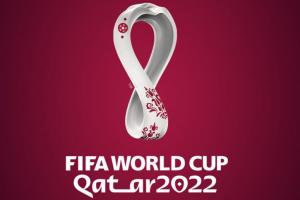The Official Emblem of the 22nd edition of the FIFA World Cup™ was unveiled on Tuesday 3 September as FIFA and host country Qatar reached another major milestone on the road to Qatar 2022.
The official unveiling took place in Qatar’s capital, Doha, at 20:22 local time (19:22 CET), with thousands of spectators witnessing the synchronised projection of the emblem onto a number of the country’s most iconic buildings, including Burj Doha, Katara Cultural Village Amphitheatre, Ministry of Interior, Souq Waqif and Msheireb and Al Zubarah Fort, a UNESCO World Heritage site.
A number of major cities around the world are also celebrating the milestone, with images of the emblem seen on renowned locations and outdoor billboards in prominent public spaces at 20:22 Doha time (19:22 CET), in cities like Buenos Aires, Sao Paulo, Santiago de Chile, Madrid, London, Paris, Moscow and several others.
The emblem’s design embodies the vision of an event that connects and engages the entire world, featuring striking elements of local and regional Arab culture.
The swooping curves of the emblem represent the undulations of desert dunes and the unbroken loop depicts both the number eight – a reminder of the eight stadiums that will host matches – and the infinity symbol, reflecting the interconnected nature of the event. Besides echoing the shape of the iconic FIFA World Cup Trophy, the emblem’s central form takes inspiration from a traditional woollen shawl. During winter months, shawls are worn around the world and in the Arab and Gulf region in particular by a variety of people and in various styles.
The intricate embroidered detail that often adorns shawls in the Arab world is featured and takes inspiration from various cultures across Asia, celebrating the continent’s second hosting of a FIFA World Cup tournament and Qatar’s diverse population. The regionally inspired winter garment also alludes to the tournament’s start dates and the fact that it will be the first FIFA World Cup™ to be played in November and December.
The new typeface created to accompany the emblem reimagines traditional Arabic calligraphy in a new, contemporary font, taking inspiration from the region and Asia, and fusing tradition with modernity.


